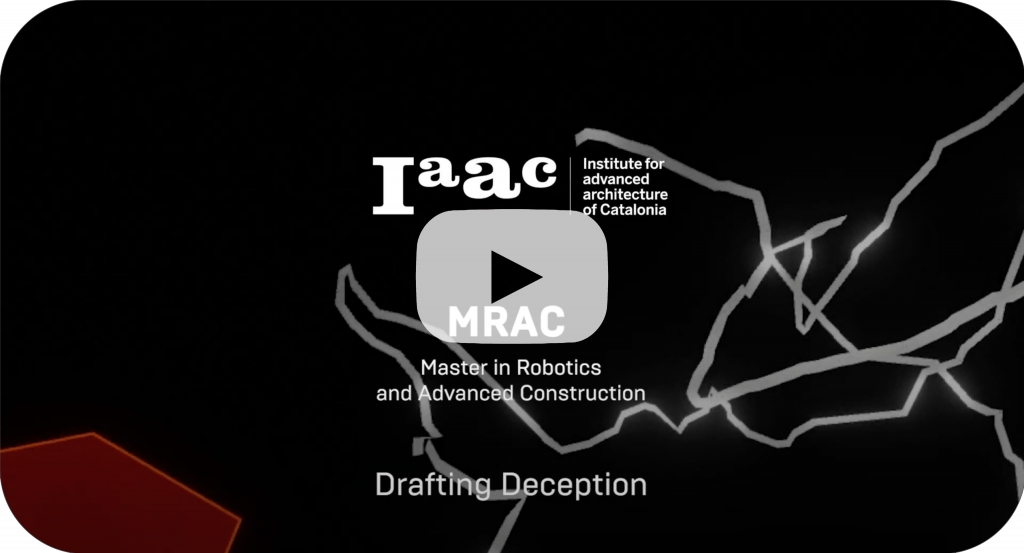Virtual Drawing
The goal of this workshop is to speculate on and prototype novel architectural experiences through developing physical/digital hybrids between physical environments, virtual environments, 6-Degrees-of-Freedom Virtual Reality (VR) devices, and robotic arms. We chose to use the VR environment as our canvas, where the user can draw in 3D and then project that drawing on a 2D plane that would be drawn by the robot on our actual canvas in the real world.
We chose to immerse the user in a fully dark room where vertical or horizontal rings light up one by one with 80s music playing in the background, with each song hopefully inspiring a different drawing style.
. c o n c e p t .
The line has always been a very important means of communication and representation in arts, architecture and many other sectors. Gjon Mili’s work focused on the movement and traces of light and how the human body behaves with different pictures. This inspired us to study the different ways in which the digital environment can be used as an opportunity to work with drawings, the paths that they leave in time and the possibility to visualize and materialize the projection of a 3 dimensional movement.

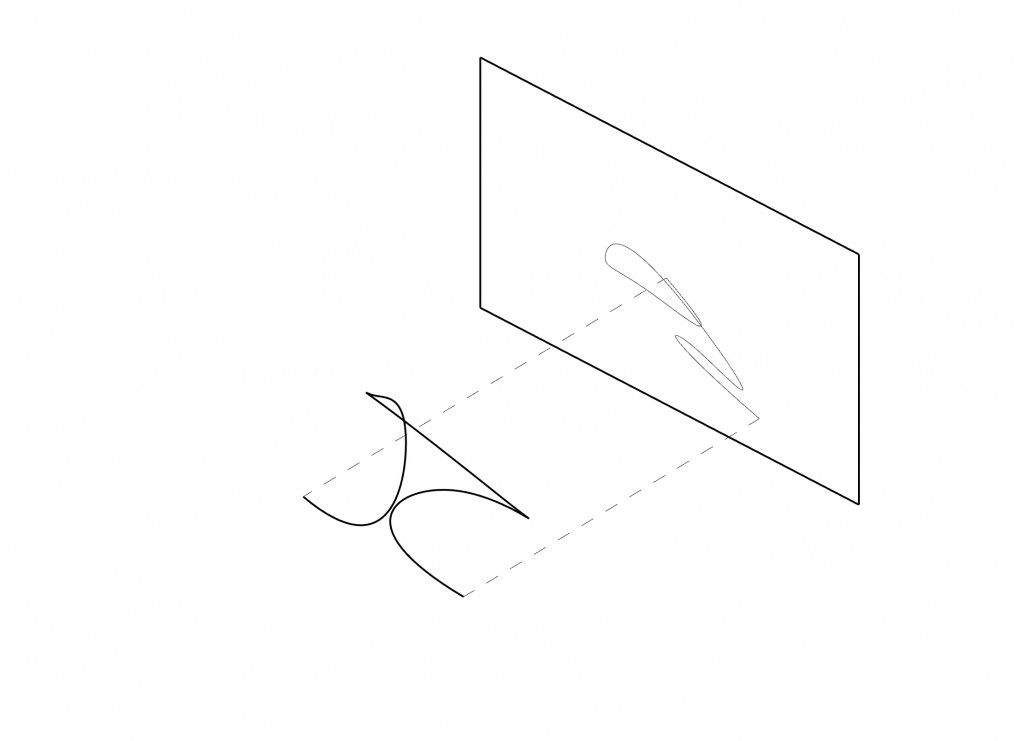

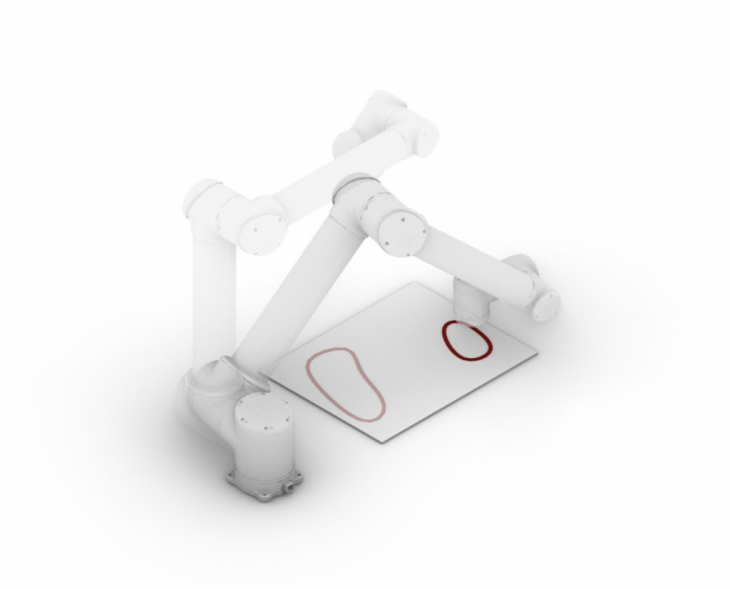
The projection of the 3D line in VR would translate into a series of poses for the UR to draw them using a brush as an end effector.
. w o r k f l o w .
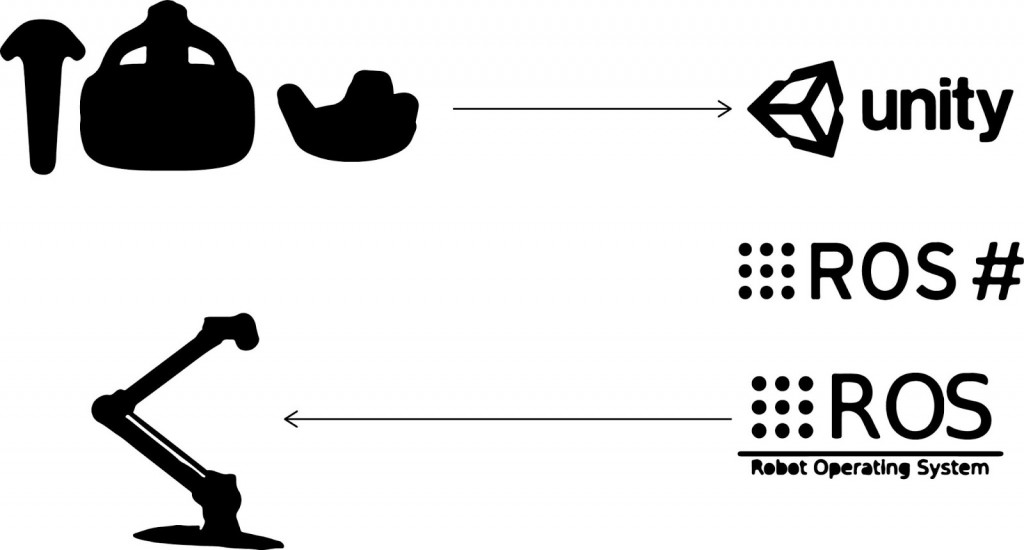
The workflow consisted of an HTC VR headset and the UR-10e collaborative robot on the hardware side, and Unity, ROS# and ROS for the software.
. p r o c e s s .
The user would start off in a ‘lobby’ space that resembled the testing space of the drone cage in Iaac p59, and would then be able to choose wether to enter the spherical world or the cubic one. From then on, the user would put on a custom glove that we fabricated that replaced one of the controllers. With that glove, the user would be able to draw in 3D.
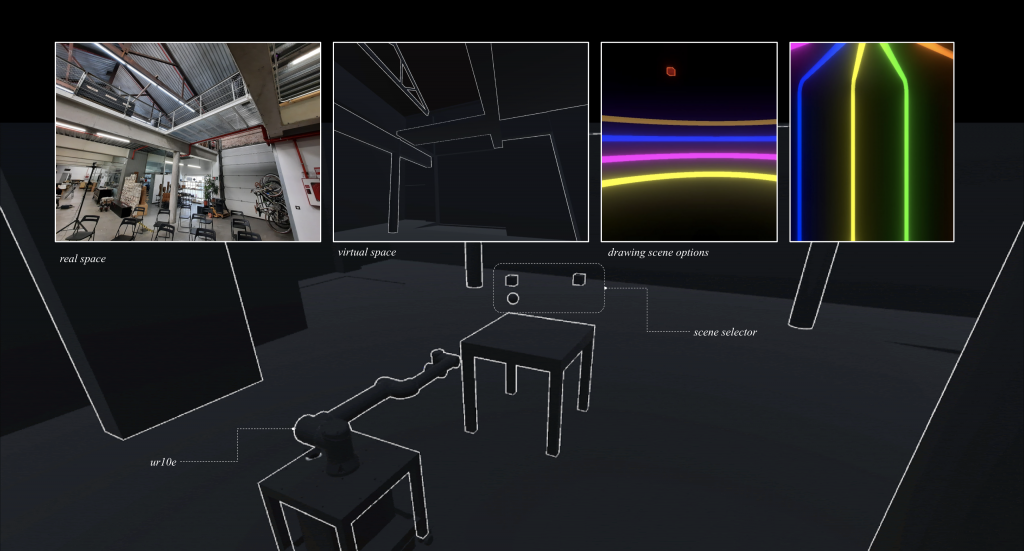
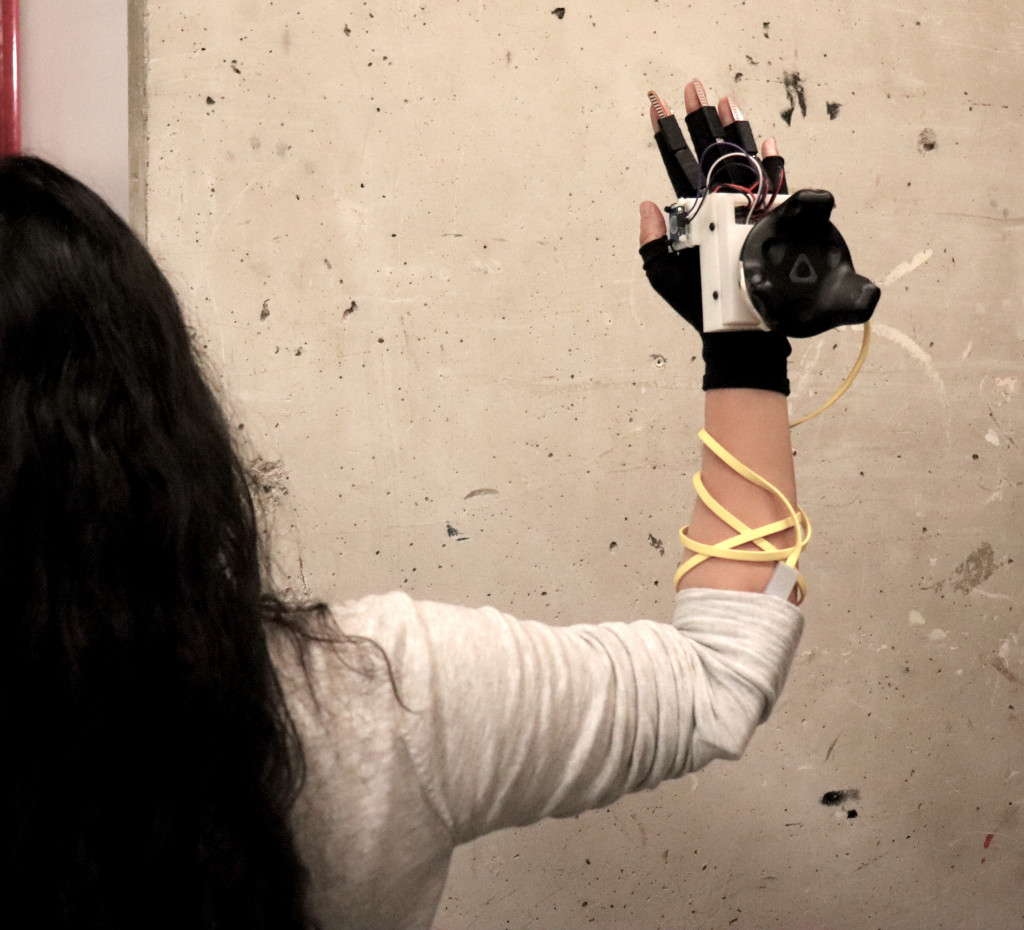
The glove is equiped with an HTC vive tracker to be able to localise the hand in the VR space and coordinate the actual movement in real life with the movement in VR for the drawing. With a custom C# script, the line renderer in VR records points that are then projected and remapped to fit the canvas size to produce the drawing. The robot then executes the tool path and paints.
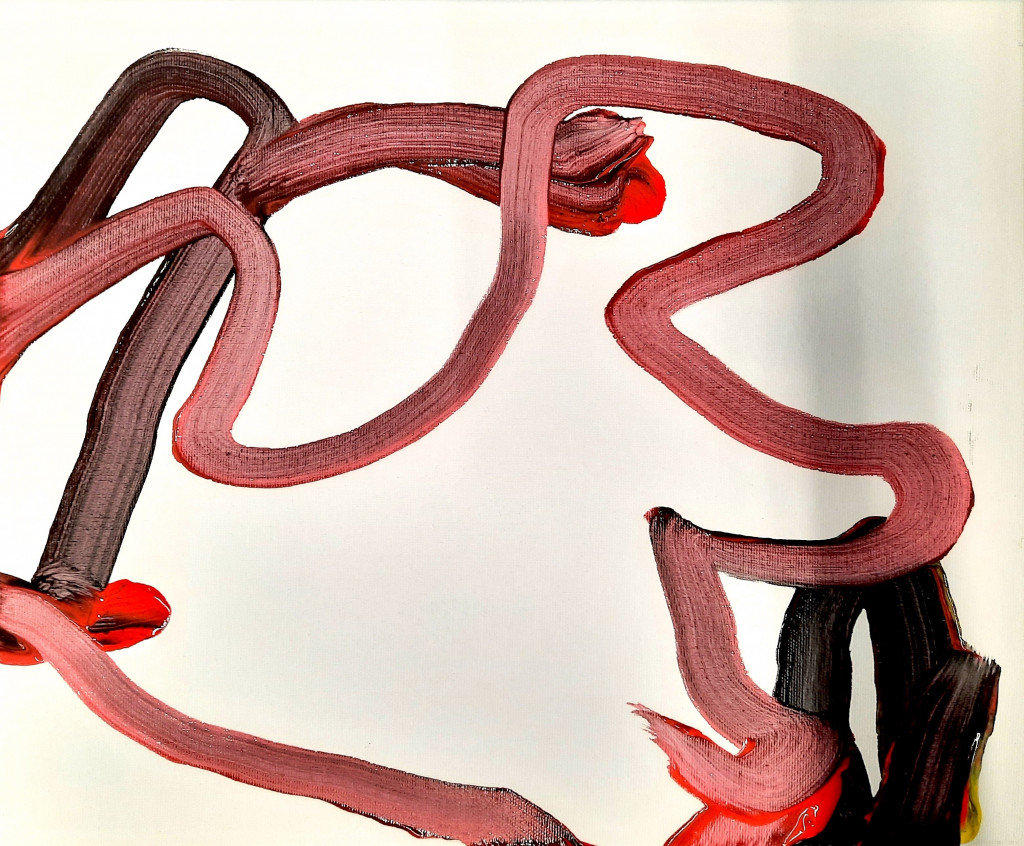
Virtual Drawing is a project of IAAC, Institute for Advanced Architecture of Catalonia developed at the Master in Robotics and Advanced Construction in 2020/2021 by:
Students: Aslinur Taskin, Helena Homsi, Juan Eduardo Ojeda
Faculty: Ryan Luke Johns, Jeffrey Anderson
Faculty Assistant: Soroush Garivani, Daniil Koshelyuk
